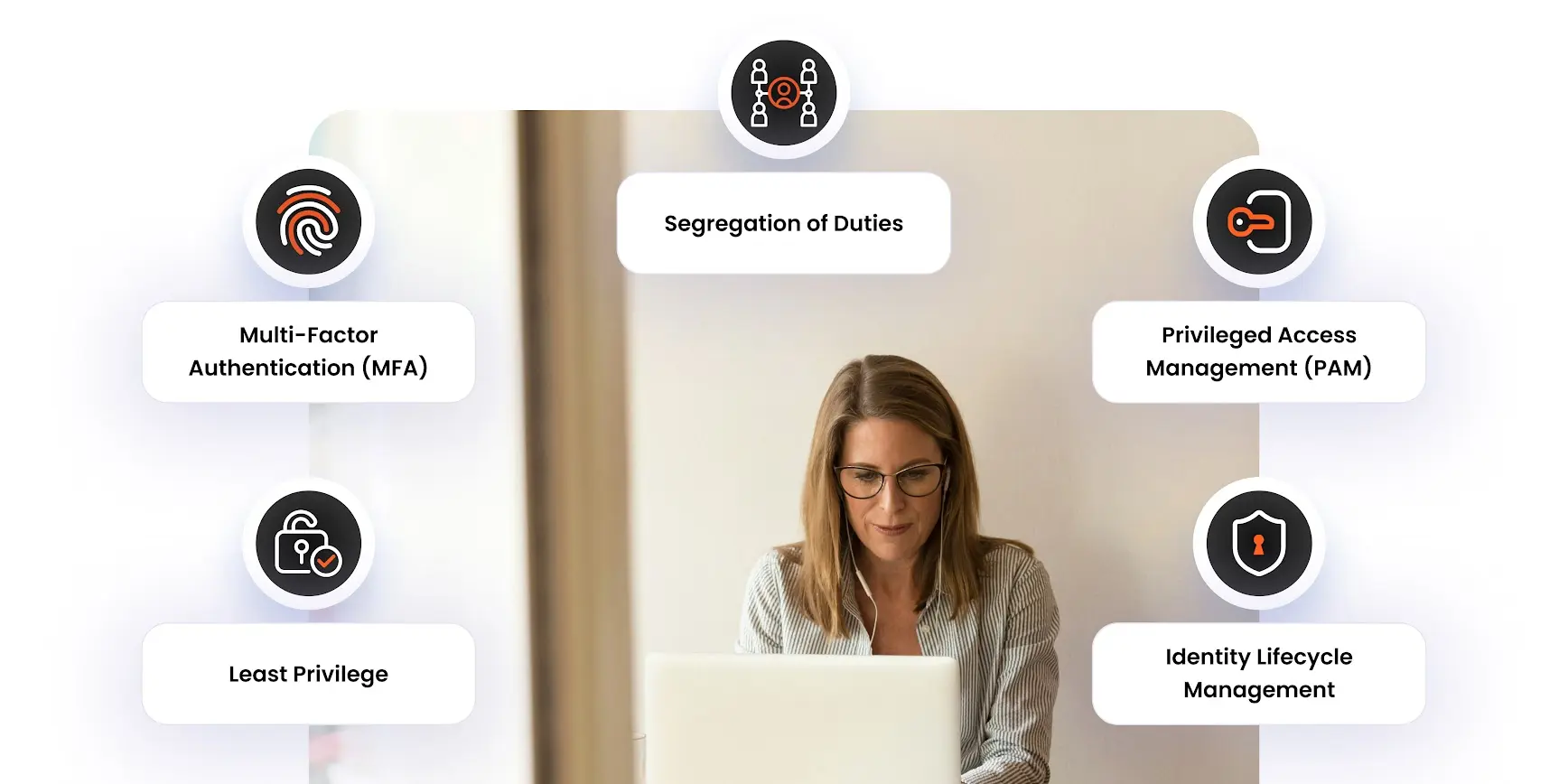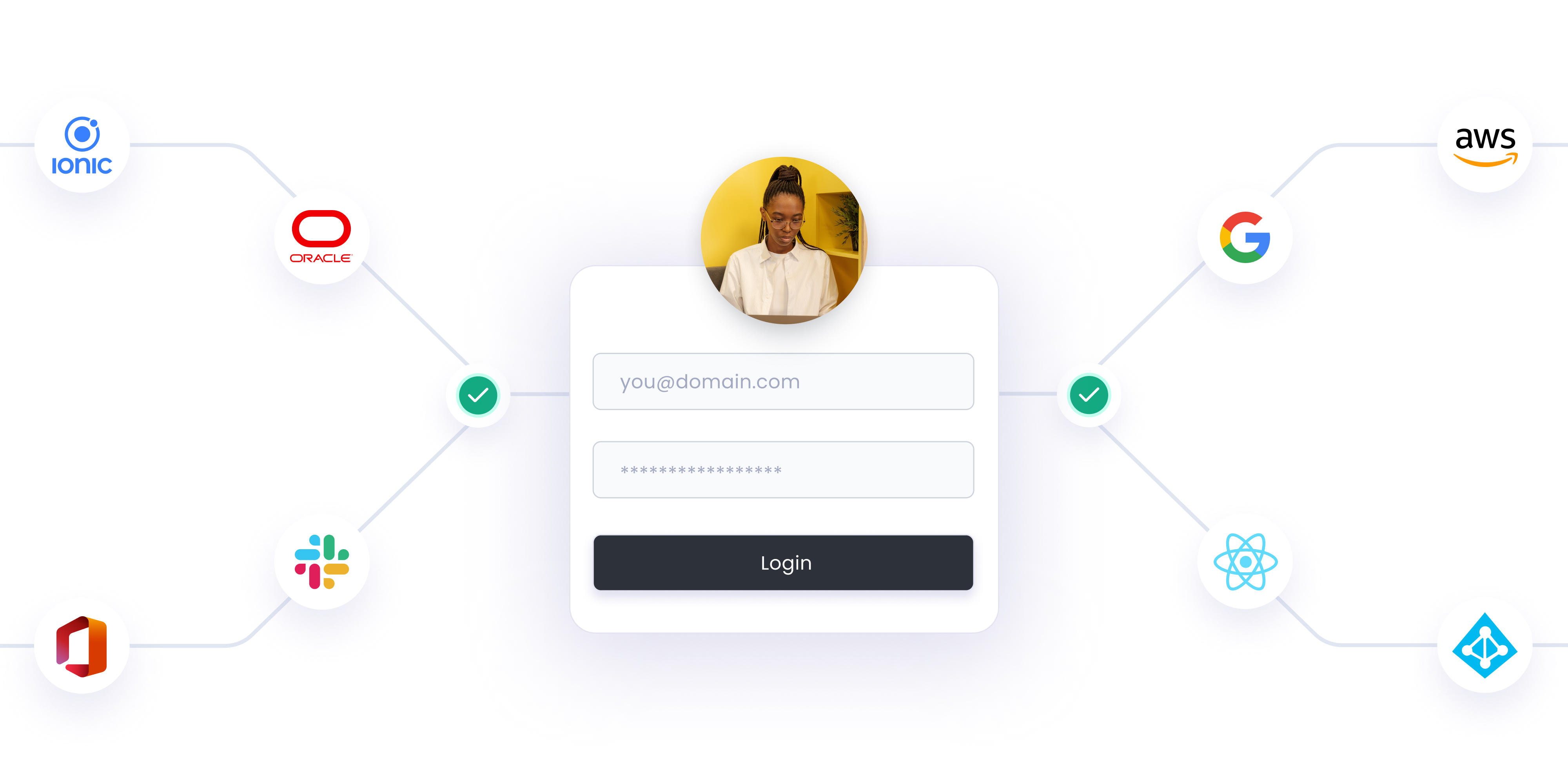This month, we’re focusing on how Identity and Access Management (IAM) works and where it’s used. IAM is a critical part of cybersecurity, and it’s important to understand how it works and where it’s used in order to keep your online identity safe.
Identity and access management (IAM) is an emerging field that includes not only traditional role-based access models but also cloud-based, federated identity management. IAM also provides organizations with a secure and scalable foundation for managing their enterprise, on-premise, and/or cloud-based resources.
The idea behind IAM is that if you have multiple employees working on different projects at the same time, you don’t want them all having access to each other’s accounts. Instead, they should be assigned different accounts so they can’t accidentally share passwords or cause any damage by downloading files from each other’s computers.
How Identity and Access Management Works?
IAM is all about managing access to online resources. It’s used to authenticate and authorize users to access specific resources. IAM systems manage access to websites, applications, and data.
There are many different types of IAM systems, but they all have one common goal: to protect your online identity by verifying it and making sure that you have the appropriate permissions to access the resources you’re trying to access.
Some common features of IAM systems include:
- User account management: creating and managing user accounts, setting passwords, and managing user permissions
- Authentication: verifying the identity of users who are trying to access systems and data
- Authorization: granting or denying access to systems and data based on user permissions
Where Identity and Access Management is Used?
IAM systems are used in various industries, including healthcare, finance, government, and education. Each industry has its own unique requirements for IAM, but the overall goal is always the same to keep your online identity safe.
The best way to protect your online identity is to use a strong IAM system. IAM systems are designed to keep your information safe and ensure that only the people with the appropriate permissions can access it.
How can Single sign on and multi-factor authentication help you protect your online identity?
IAM systems can also help to improve the efficiency of an organization by reducing the need for multiple passwords and by providing a single sign-on solution for accessing multiple systems.
IAM systems are an essential part of any organization’s security strategy, and they are critical for protecting data and ensuring that only authorized users have access to the resources they need.
Multi-factor authentication adds an extra layer of safety to your accounts. With multi-factor authentication, you’re typically asked to provide a code that’s sent to your phone or email.
Consider these few things if you're looking for an IAM system for your business
- You need to find an IAM system that meets your specific needs.
There are many different types of IAM systems, so it’s important to find one that’s right for your business.
The most common types of IAM systems include Active Directory, IDP, Single sign-on, Multi-factor authentication, LDAP, and Kerberos. Each of these systems has its own strengths and weaknesses, so it’s important to understand what each one is good for before you choose which one to use.
- You need to make sure that your IAM system is properly implemented.
IAM systems are complex, and they need to be properly implemented in order to work properly.
The key here is to make sure that all the users have access to the resources they need. A good practice is to create an account for each user and assign them a unique username and password. This way you can ensure that every user has their own account, which will allow them to access the data in any way they need.
Another important thing is that all of these accounts must be protected by different passwords or keys, so no one can access another person’s data or resources without their knowledge. If you want to make it even more secure, you can use multi-factor authentication (MFA) where you will require two different passwords from each user.
- You need to make sure that your IAM system is always up to date.
IAM systems are constantly changing, and you need to make sure that your system is always up to date.
The main disadvantage of not updating the IAM system is that it will not be able to provide the best security to your users. The reason for this is that the system is constantly changing, and if you don’t update, then your users will be at risk. Another reason why it’s important to keep your IAM system updated is that if you don’t update it, then hackers can hack into your system and gain access to all of your data. If this happens, then they will be able to steal passwords and other information from your users’ accounts.
Another disadvantage of not updating your IAM system is that it can cause problems with user error. If a user forgets their password or doesn’t update their password when prompted by an automated email message, then this could result in someone breaking into their account and stealing their information.
miniOrange’s core identity product provides central and converts IAM solutions with bring together some of the most sorts after IAM features such as Single Sign-On (SSO), Multi-factor Authentication (MFA), Risk-Based Authentication, User Life Cycle Management which includes User Provisioning and De-Provisioning, Universal Directory and few more specific and segregated features to ensure that your entire Identity journey is a seamless handle from one central platform. We believe that security can be simple and with a high return on investment and we eliminate friction in the IAM journey of our users by complete end-to-end support for every single admin product interaction.
IAM is a critical component of any cybersecurity program, and it’s important to understand how it works. IAM helps to prevent unauthorized access to resources, and it’s also important for compliance purposes.
Cybersecurity Awareness Month is the perfect time to review your IAM strategy. If you’re not using SSO or MFA, now is the time to start. Contact miniOrange about how Single sign on and multi-factor authentication can help you protect your online identity.
More Resources:
Author





Leave a Comment